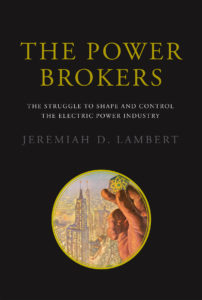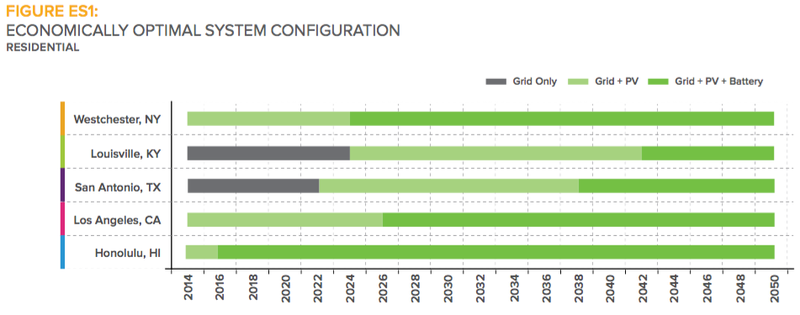The Power Brokers: The Struggle to Shape and Control the Electric Power Industry
by Jeremiah D. Lambert, 2015
“The history of the electric power industry in the United States, created by entrepreneurs, is also the history of the exercise of political power.” (Conclusion, pg 259)
I recommend this book for those that are getting started in the energy field and need a bit of a deep dive into the context and history of political influence in electricity generation. Granted, that’s a small subset of the population. But I’m in that subset! So I thought the book was good. It is very specialized, though. It covers 7 “power brokers” in the history of electricity: Sam Insull, David Lilienthal, Donal Hodel and others at Bonneville Power, Paul Joskow, Ken Lay, Amory Lovins, and Jim Rogers. The writing takes some getting used to, but I found myself reading the later chapters at a faster pace.


